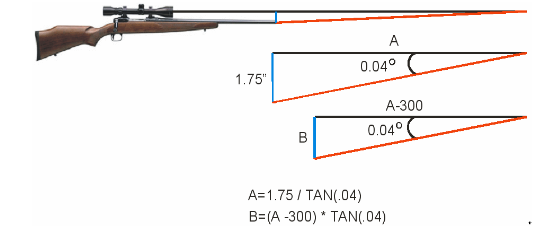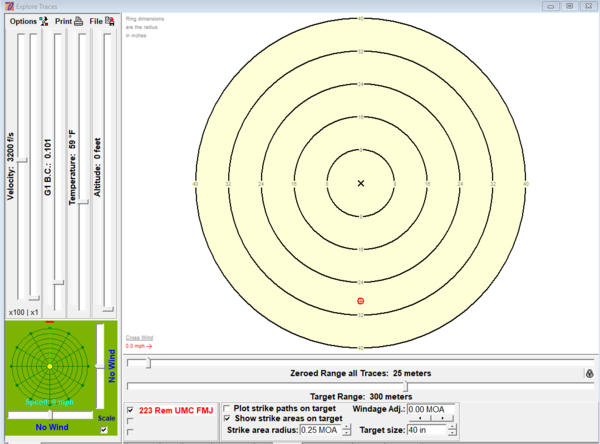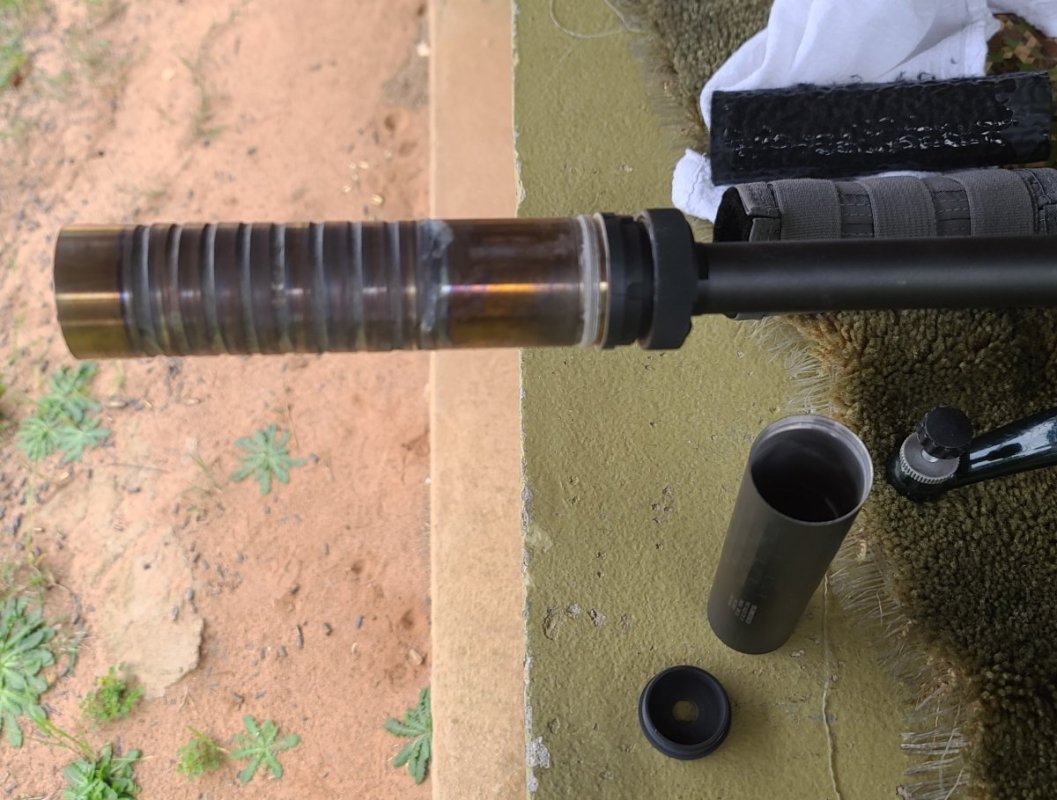You look through the bore and it is centered on a target at 25 yards then you adjust the crosshairs of the scope to the target to boresight the scope. Do the lines intersect?
http://www.ktgunsmith.com/boresight.htm
http://www.ktgunsmith.com/boresight.htm









